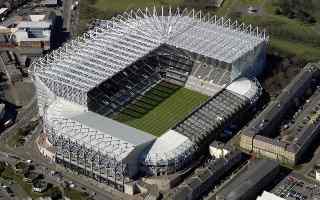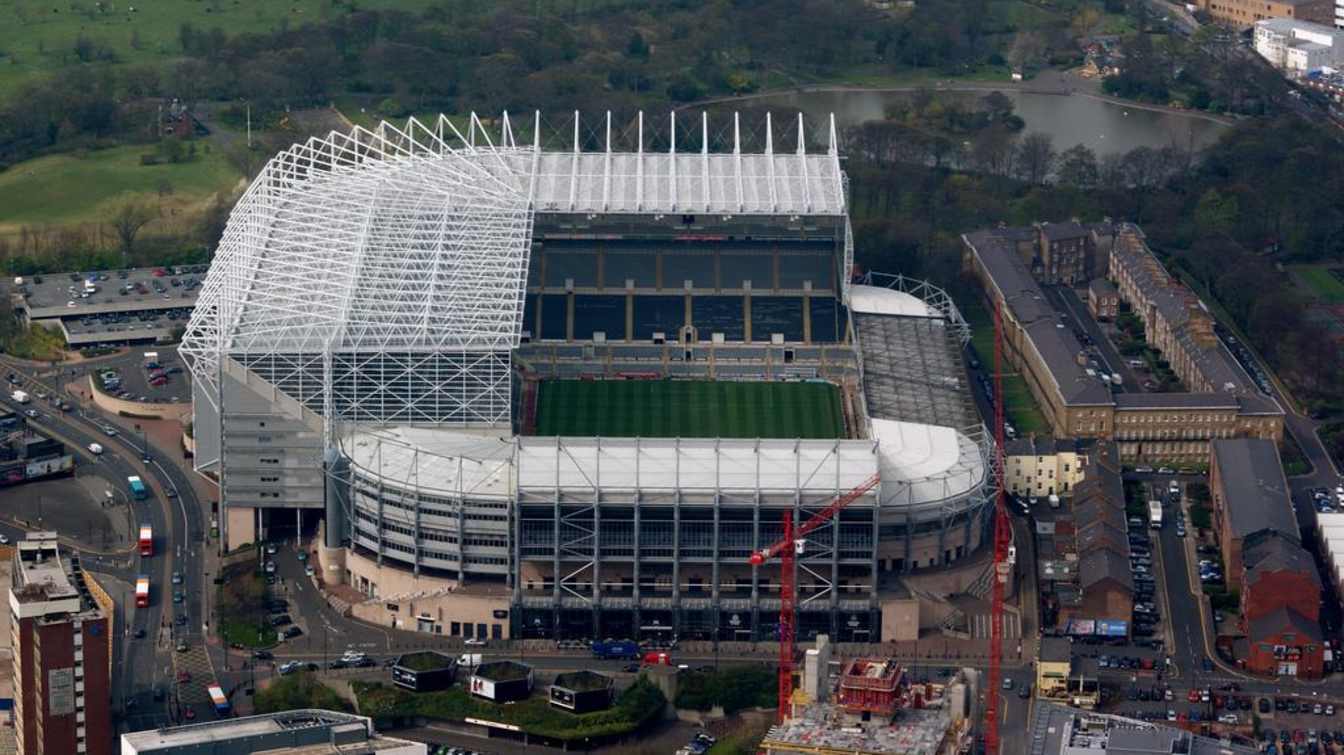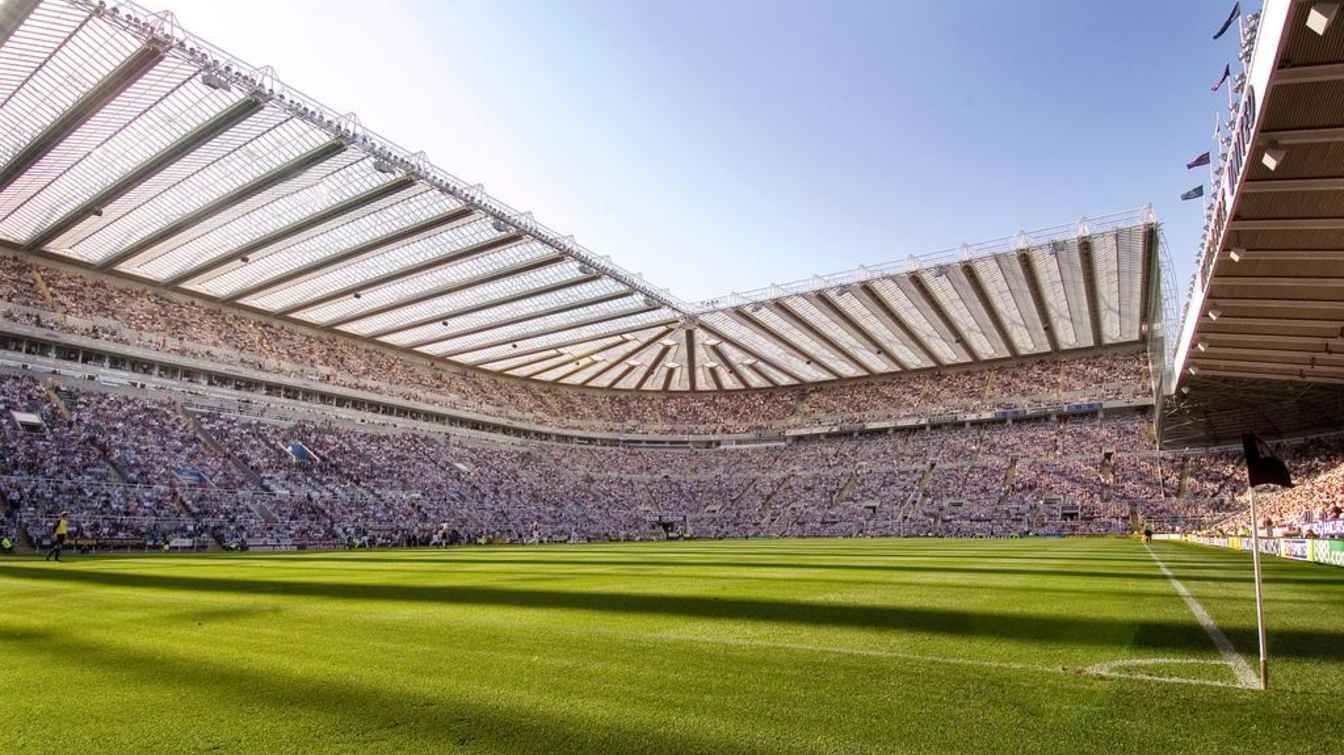England: Potential Delays in Newcastle United’s New Stadium Build
source: StadiumDB.com; author: StadiumDB.com
 Stadium to transform, but questions remain. Newcastle United’s £3 billion project faces funding uncertainty as the Saudi PIF may only partially contribute, raising risks of design changes, construction delays, and postponed fan and sponsor experiences.
Stadium to transform, but questions remain. Newcastle United’s £3 billion project faces funding uncertainty as the Saudi PIF may only partially contribute, raising risks of design changes, construction delays, and postponed fan and sponsor experiences.
Advertisement
Newcastle United's proposed stadium project has drawn widespread attention, with plans to improve facilities and the matchday experience. Reports suggest that the club’s owners, the Saudi Public Investment Fund (PIF), will not fully fund the estimated £3 billion cost. Instead, the club plans to cover part of the project through loans held by the club rather than the PIF. This approach allows substantial investment while remaining compliant with Premier League financial rules, as infrastructure spending is excluded from the Profitability and Sustainability Rules (PSR). The club is considering either building a new stadium at Leazes Park or expanding St James’ Park, with a final decision now expected no earlier than 2026.
Funding Challenges and Construction Timelines
Partial contributions from the Saudi Public Investment Fund can complicate stadium construction. Delays may arise if payments are incomplete, forcing contractors to slow work or postpone key stages. Material deliveries, labour schedules, and sequencing of tasks can all be affected. Architects and project managers may need to adjust designs, particularly for high-cost elements such as cantilevered roof structures and premium lounges.
Financial uncertainty can also influence sponsorship arrangements, including deals with companies operating in sports and entertainment sectors. Some stadium revenue streams rely on commercial partnerships tied to digital fan engagement platforms including bookmakers. Where these features are unavailable for fans however, they still have the option of engaging with digital platforms on their own devices. This includes online bookmakers not on gamstop, where supporters interact with features such as live match updates, interactive feeds, and analytical data. Delays in construction or funding could postpone these fan-facing features, reducing early opportunities for sponsors to engage audiences.
Design Adjustments Under Financial Pressure
Architectural plans for Newcastle’s stadium may need revision if owner contributions remain partial. The club is considering expansions that could raise St James’ Park capacity from just over 52,000 seats to between 60,000 and 70,000, depending on the final design. Large-scale elements, such as a complete seating bowl or extended roof coverage, could be scaled back or deferred. Internal systems, including audio-visual installations and lighting rigs, may also be phased in according to available funds.
These adjustments could affect both capacity and crowd movement. Revised seating layouts might temporarily reduce the number of premium seats or hospitality boxes. Concourse layouts and access points could be simplified to stay within budget while still complying with safety standards. Such design shifts show how financial pressures can directly impact both fan experience and the stadium’s operational readiness.
Implications for Stadium Operations
Delays in construction affect more than schedules. Staff planning, matchday logistics, and maintenance routines must adapt to evolving timelines. Temporary facilities may be required if certain sections of the stadium are incomplete when matches resume. Security planning and emergency procedures also depend on clear operational parameters, which can be disrupted by unfinished construction.
Commercial partnerships may need to be renegotiated if stadium readiness shifts. Agreements for hospitality spaces, advertising boards, and digital engagement areas could be adjusted to reflect delays. Phased construction and partial completion could limit early revenue from these sources, while requiring careful coordination to maintain confidence among sponsors and fans.
Lessons from Other Premier League Projects
Newcastle is not the only club to face issues when owners do not fully fund stadium builds. Comparisons with other Premier League and European clubs show that partial financing can lead to prolonged timelines, scaled-back designs, and operational compromises. Lessons from these examples may help Newcastle United mitigate risks through phased construction or temporary financial arrangements.
Phased development allows essential infrastructure, such as seating, roofing, and media facilities, to be completed first, while additional enhancements can be added later. Even with partial funding, progress on the stadium’s core construction can continue, preserving long-term goals such as increased capacity, improved hospitality areas, and advanced fan engagement systems.
Advertisement

 StadiumDB
StadiumDB ©
©  ©
©